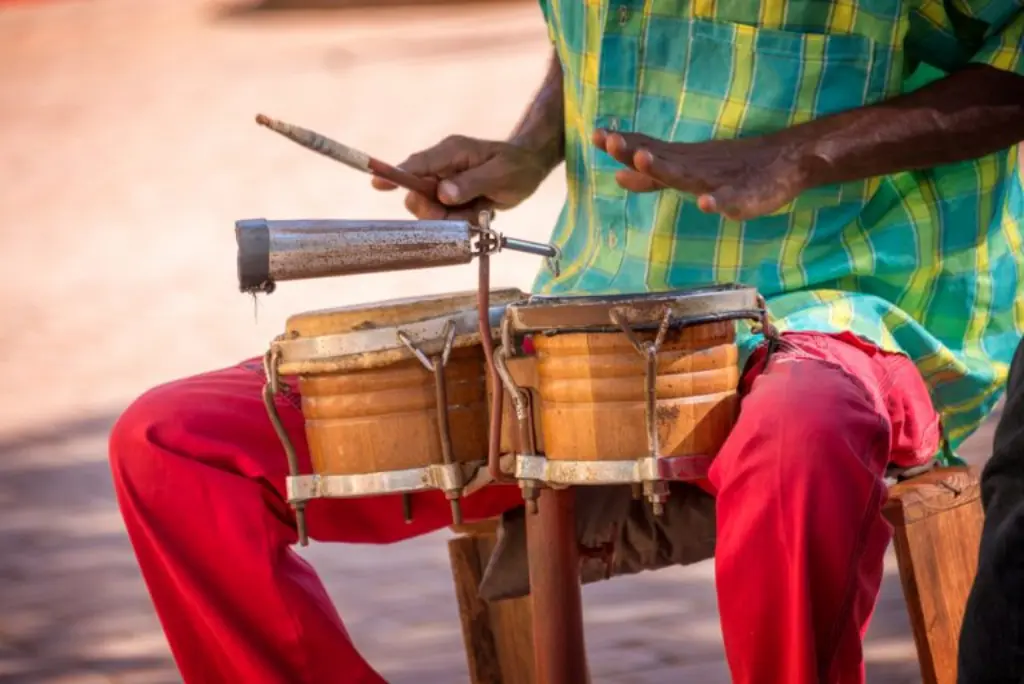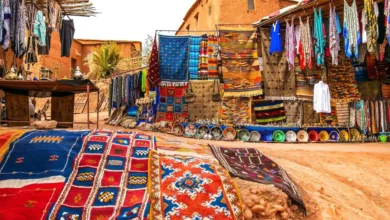Latin American music and dance have become undeniable global phenomena, captivating audiences worldwide with their infectious rhythms, passionate expressions, and rich cultural heritage. From the pulsating beats of salsa to the soulful melodies of tango, these art forms transcend geographical boundaries, finding resonance in diverse communities.
This article explores the multifaceted reasons behind the global popularity of Latin American music and dance, diving into their historical roots, stylistic diversity, and impact on global culture.
A Tapestry of Rhythms: Exploring Diverse Styles
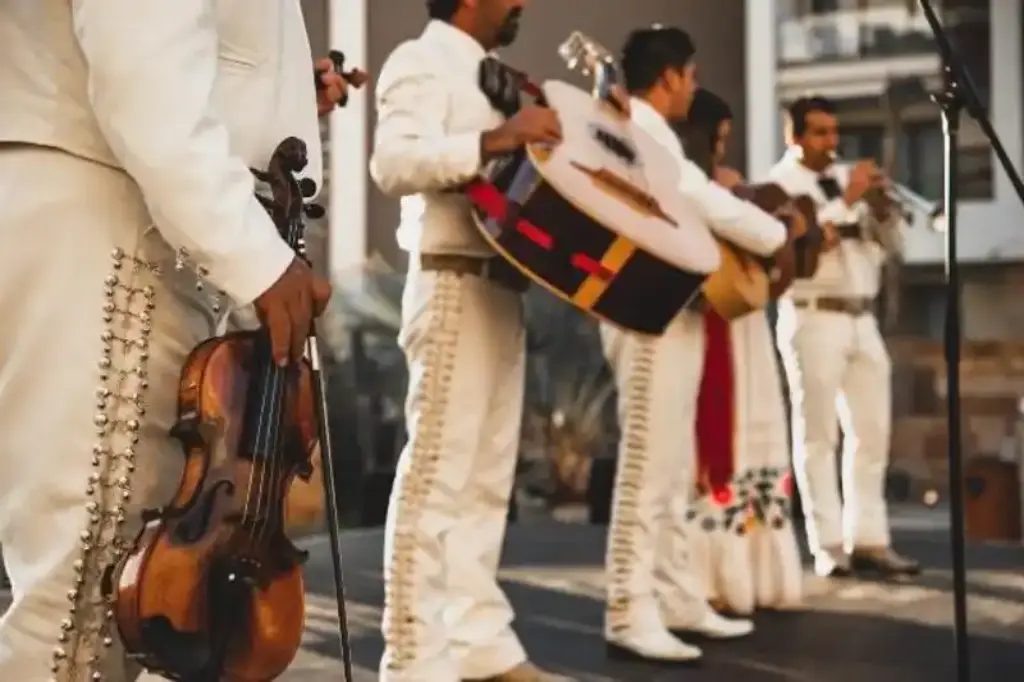
Latin America is a vast and diverse region, and this diversity is mirrored in its music and dance styles. Each country, and often regions within countries, boast unique traditions and innovations. It’s crucial to recognize that “Latin American music” is not a monolithic entity but a complex mosaic of genres.
Salsa: A Celebration of Rhythm and Movement
Salsa, originating from a fusion of Cuban and Puerto Rican musical styles, is arguably one of the most recognized and popular Latin dance forms globally. Characterized by its fast tempo, syncopated rhythms, and improvisational nature, salsa is more than just a dance; it’s a vibrant expression of community and joy. Its global reach has led to regional variations, each adding its unique flavor to this beloved dance.
See also The Influence of Mexican Culture on Global Cuisine and Celebrations
The Influence of Mexican Culture on Global Cuisine and Celebrations
Tango: A Dance of Passion and Intimacy
The tango, born in the working-class neighborhoods of Buenos Aires, Argentina, is a dramatic and sensual dance often associated with themes of love, loss, and longing. Its melancholic melodies and intricate footwork have made it a symbol of Argentine culture. The global appeal of tango lies in its ability to communicate deep emotions through movement and music, making it an art form that resonates deeply with audiences across the world.
Merengue: The Dominican Pulse
Merengue, with its fast-paced, two-step rhythm and lively energy, is the national dance of the Dominican Republic. Its infectious grooves and relatively simple steps have made it a popular choice for social dancing worldwide. The music often features lively horns and percussion, creating a festive and engaging atmosphere.
Bachata: The Romantic Serenade
Bachata, another Dominican genre, is known for its romantic themes and expressive, close-partner dance. Characterized by its syncopated guitar melodies, it offers a more sensual and intimate experience compared to merengue. Its popularity has surged in recent years, establishing itself as another global dance staple.
Reggaeton: The Urban Beat
Born from the streets of Puerto Rico and Panama, reggaeton is a more recent genre that has exploded in global popularity. Characterized by its heavy basslines, repetitive beats, and often explicit lyrics, it has become a dominant force in urban music worldwide. Its influence is undeniable in contemporary pop music, highlighting Latin America’s impact on global musical trends.
See also The Rich Legacy of Indian Culture and Its Global Influence
The Rich Legacy of Indian Culture and Its Global Influence
Beyond the Mainstream: Exploring Further Styles
This barely scratches the surface. Other influential styles include cumbia from Colombia, samba from Brazil, mariachi from Mexico, and various folk traditions from indigenous and Afro-Latin communities. Each style contributes to the rich tapestry of Latin American music and dance, showcasing the region’s incredible diversity. The global sharing of these diverse traditions through the internet and cultural exchange programs further fuels their reach.
Historical Roots: A Journey Through Time
To understand the global appeal of Latin American music and dance, it’s crucial to acknowledge their historical roots. These art forms are not just entertainment; they are living expressions of cultural heritage, shaped by centuries of history, colonization, and resistance.
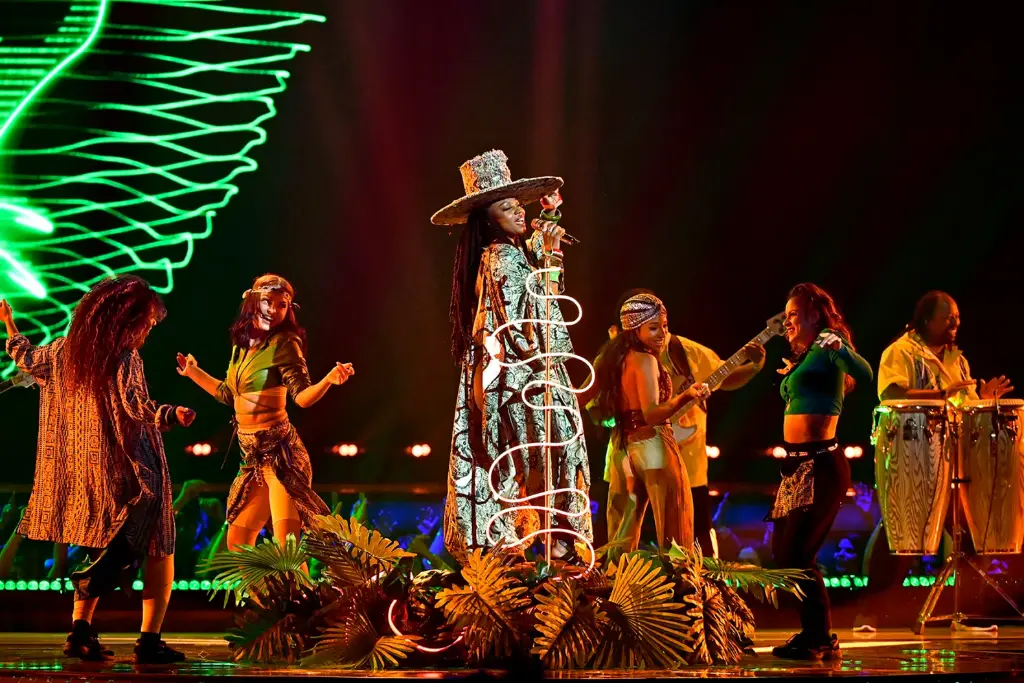
Indigenous Influences
Before the arrival of Europeans, indigenous peoples across Latin America had their own rich musical and dance traditions, often deeply intertwined with their spiritual beliefs and daily lives. The sounds of native instruments like flutes, drums, and rattles, and the rhythmic dances honoring nature and ancestors, laid a foundation for later musical developments. While often obscured, these indigenous roots remain influential in many regional styles.
African Heritage
The arrival of enslaved Africans in the Americas had a profound impact on the music and dance of the region. African rhythms, polyrhythms, call-and-response vocals, and percussive instruments melded with existing indigenous and European influences, giving birth to many of the vibrant genres we know today.
The influence is evident in the complex rhythms of salsa, the hypnotic beats of samba, and the soulful expressions of Afro-Cuban music. The stories and struggles of enslaved people are often woven into the fabric of these art forms.
European Contribution
European musical traditions, including instruments like guitars and violins and musical forms like waltzes and marches, also played a role in shaping Latin American music. These European elements blended with African and indigenous styles, creating unique fusions that are characteristic of the region’s musical identity. The influence of European dance forms, such as the waltz, can be seen in the structure of some Latin dances.
The Columbian Exchange and Beyond
The Columbian Exchange of cultural and musical ideas between Europe, Africa, and the Americas created an unprecedented melting pot of influences, setting the stage for the explosion of Latin American musical innovation.
The 20th and 21st centuries witnessed a further evolution with the rise of new genres and the spread of Latin music globally thanks to the rise of radio, records, and now, the internet. The modern era sees continued evolution and exploration, further solidifying Latin music’s enduring impact.
Global Appeal: Why Latin Music and Dance Resonate
The worldwide popularity of Latin American music and dance cannot be attributed to just one factor. It is a culmination of elements that create a powerful and universally engaging experience.
Infectious Rhythms
The complex polyrhythms and syncopated beats found in many Latin American musical styles are inherently captivating. These rhythms often evoke a visceral response, prompting listeners to move and dance.
The emphasis on percussion and rhythmic interplay is a key reason behind their global appeal, transcending language barriers and cultural differences. The body’s natural inclination to respond to these beats contributes significantly to their popularity.
Passionate Expression
Latin music and dance are not just about technical skill; they are deeply rooted in emotional expression. Whether it’s the passionate intensity of the tango, the joyful exuberance of salsa, or the sensual connection of bachata, these art forms convey a wide range of emotions that resonate with people of all backgrounds. The raw emotional honesty and vulnerability displayed in these forms contribute to their global connection with audiences.
Accessibility and Inclusivity
While some Latin dances may require a certain level of skill, many are accessible to beginners, encouraging participation from people of all ages and abilities. The social nature of these dances, often enjoyed in groups and at parties, makes them welcoming and inclusive. This accessibility allows people from diverse backgrounds to connect through the universal language of music and movement.
Cultural Exchange and Globalization
In an increasingly interconnected world, cultural exchange is more prevalent than ever before. The rise of social media, streaming platforms, and international collaborations has helped propel Latin music and dance to a global audience.
Artists are now able to share their work directly with fans worldwide, and the internet has been instrumental in breaking down geographical barriers and fostering cross-cultural appreciation. The integration of Latin American styles in mainstream pop music further increases its reach and exposure.
A Celebration of Community
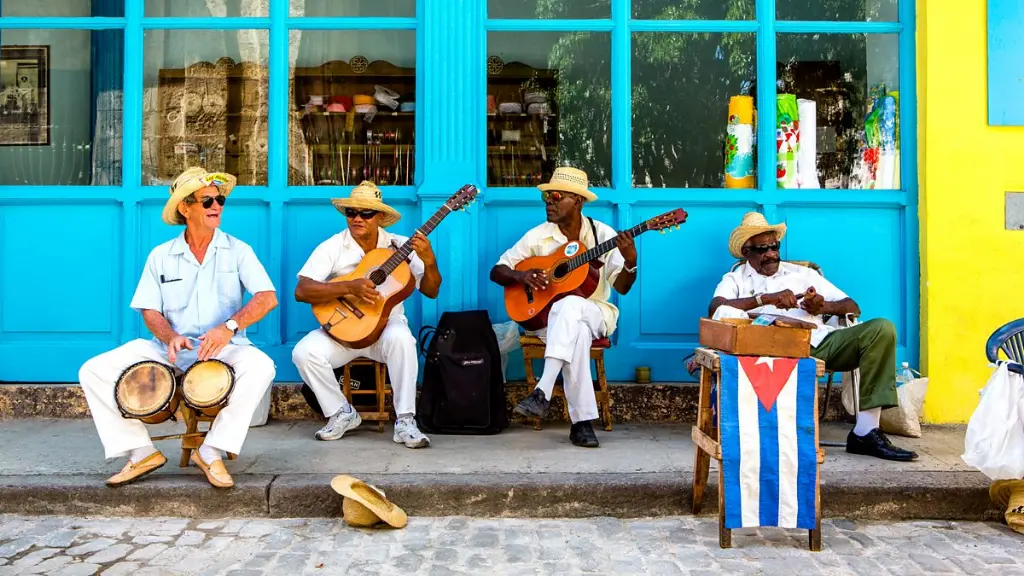
Many Latin American musical and dance traditions are deeply intertwined with community celebrations and social gatherings. They are often performed at festivals, parties, and family gatherings, reinforcing a sense of belonging and shared cultural identity. This communal aspect resonates deeply in an increasingly individualistic world, offering a space for shared joy and expression.
The Impact of Latin American Music and Dance on Global Culture
The global popularity of Latin American music and dance has had a profound impact on various aspects of global culture.
Fusion and Innovation
Latin American musical styles have heavily influenced popular music around the globe. We see influences of reggaeton in pop, hip hop, and electronic music and many pop artists draw inspiration from the rhythms and melodies of Latin American genres. This fusion creates new and innovative musical forms that continue to push boundaries and shape musical landscapes.
Dance Culture
Latin dance forms have become an integral part of dance culture worldwide. Salsa, bachata, and tango are taught in dance studios across continents, enjoyed at social dance events, and even featured in mainstream media. The global adoption of these dances has broadened dance culture, introducing new ways of expressing movement and connection.
Fashion and Style
Latin American fashion and style are increasingly visible in mainstream trends, from the vibrant colors and intricate patterns to the flowing silhouettes and bold accessories. The influence of Latin American cultures can be seen in the use of unique textiles, handcrafted jewelry, and traditional garments integrated into modern fashion. This fusion of styles further contributes to the spread of Latin American aesthetics.

Language and Cultural Understanding
The global reach of Latin music has also led to increased exposure to the Spanish language and Latin American cultures. As more people engage with these art forms, they become more interested in learning about the traditions, languages, and values associated with them. The globalization of Latin American music is contributing to broader cultural understanding and appreciation.
The global popularity of Latin American music and dance is a testament to their enduring appeal and power to connect with people across cultures. The infectious rhythms, passionate expressions, and deep historical roots of these art forms continue to captivate audiences worldwide.
They are not just entertainment; they are living expressions of culture, heritage, and community. The continued evolution and global dissemination of Latin American music and dance will undoubtedly enrich our global cultural tapestry for years to come. The beat goes on, continuing to weave a vibrant global symphony of sounds and movements.
